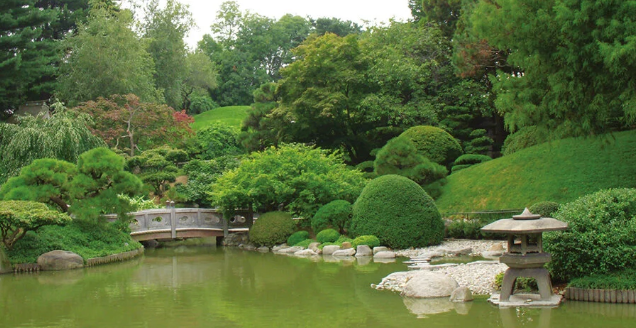Famous Japanese Landscape Architects
Japanese landscape architecture is rich in history and tradition, intertwining nature with cultural expression. These landscape architects not only shape outdoor spaces but also create environments that resonate with Japan’s unique aesthetic and philosophy. Exploring the works of prominent figures in this field can inspire innovation as well as a deeper appreciation for nature.
The Influence of Isamu Noguchi
Isamu Noguchi stands out as a monumental figure in landscape architecture, famously blending modernist principles with traditional Japanese aesthetics. His comprehensive designs, such as the Noguchi Garden in New York City, reflect a seamless integration of art and nature, showcasing his vision of landscape as a form of sculpture. Noguchi’s work often emphasizes simplicity, using natural materials like stone and water to create tranquil and contemplative spaces. His influence continues to resonate, encouraging contemporary designers to draw inspiration from both natural forms and artistic expression.
Masao Nishimura: The Master of Stone
Another notable landscape architect is Masao Nishimura, renowned for his exceptional use of stone in his designs. Nishimura’s work embodies Japanese principles of harmony and balance, often featuring meticulously arranged boulders and gravel to evoke a sense of tranquility. His landscapes are not just beautiful; they are spaces for reflection, revealing the intricate relationship between human life and the environment. Through his projects, such as the Kiyosumi Teien Garden in Tokyo, Nishimura invites visitors to explore the subtle beauty of nature and the art of stone placement.
Kengo Kuma: Modern Meets Traditional
Kengo Kuma is a prominent figure in both architecture and landscape design, celebrated for his innovative use of materials and attention to natural surroundings. His approach often incorporates traditional Japanese elements while adapting to contemporary needs. Kuma’s projects, like the Nagasaki Prefectural Art Museum, blur the boundaries between the building and its landscape, showcasing the interplay between architecture and nature. His philosophy champions sustainability and ecological sensitivity, highlighting how landscapes can be designed to coexist harmoniously with their environments.
Conclusion
The contributions of famous Japanese landscape architects enrich not only Japan’s architectural heritage but also offer insights for modern landscapes worldwide. From Isamu Noguchi’s artistic vision to Masao Nishimura’s mastery of stone, and Kengo Kuma’s blend of tradition and modernity, each architect provides a unique perspective on the art of landscape design. As you explore their works, consider how you might incorporate these principles of harmony, simplicity, and sustainability into your own outdoor spaces. Dive deeper into their stories, and let their creativity inspire your appreciation for landscape architecture!

